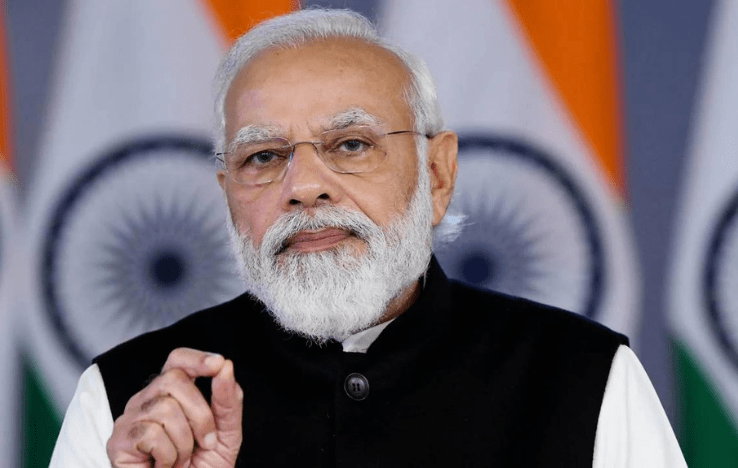India launched Mission Divyastra, the maiden flight test of its indigenously built Agni-5 missile with Multiple Independently Targetable Re-entry Vehicle (MIRV) technology.
This ensures that a single missile may release numerous warheads in various areas.
The project director is a woman, and women have made substantial contributions.
With the Mission Divyastra test, India has entered the exclusive group of nations with MIRV capabilities.
This system is equipped with indigenous Avionics systems and high accuracy sensor packages, ensuring that the re-entry vehicles arrive at the target places with the appropriate accuracy. The capacity is an expression of India’s expanding technical supremacy.
Prime Minister Narendra Modi praised DRDO scientists for their accomplishments.
“Proud of our DRDO scientists for Mission Divyastra, the first flight test of indigenously developed Agni-5 missile with Multiple Independently Targetable Re-entry Vehicle (MIRV) technology,” he wrote on X.
The MIRV technology uses a single missiles to carry multiple warheads including nukes, each capable of being aimed at a different target. They were developed in 1960s to allow a missile to deliver multiple nuclear warheads to different targets.
The United States was the first country to develop the MIRV technology, developing a MIRVed Intercontinental Ballistic Missile (ICBM) in 1970 and a submarine-launched ballistic missile a year later.
The then Soviet Union later designed its own MIRV-enabled intercontinental ballistic missile (ICBM) and submarine launched ballistic missile (SLBM).
Agni, meaning “fire” in Sanskrit, is the name given to a series of rockets India developed as part of a guided missile development project launched in 1983.
While the shorter-range Agni-I and II were mainly developed with traditional rival Pakistan in mind, analysts say later versions with a longer range reflect the shift in India’s focus towards China.
Get the latest news updates and stay informed with FELA NEWS!

